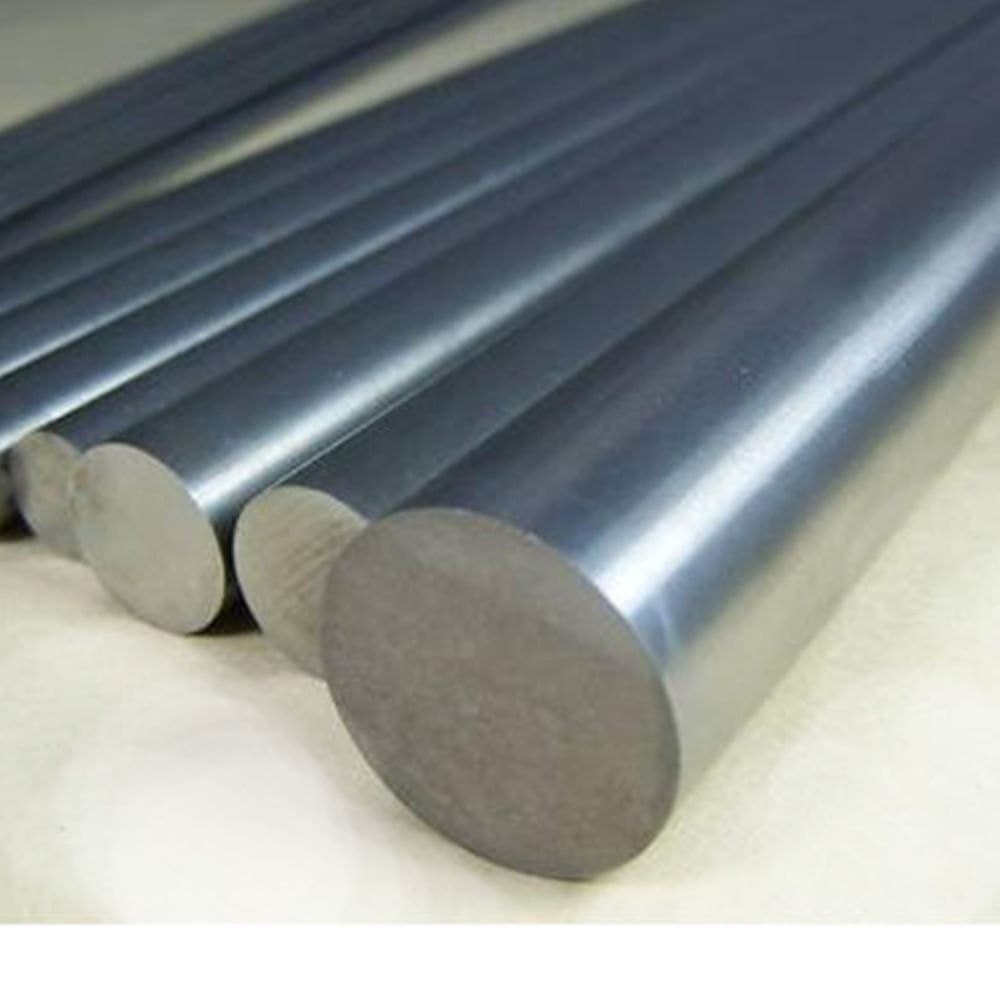
Monel K500 (UNS N05500) supplier in UAE – Nickel-Copper Alloy | Nifty Alloys
Monel K500, also known as UNS N05500, is a precipitation-hardenable nickel-copper alloy that combines the exceptional corrosion resistance of Monel 400 with greater strength and hardness. This high-performance material achieves its superior properties through the addition of aluminum and titanium to the nickel-copper base. The result is an alloy prized for its durability in harsh conditions, making it a critical component in marine, chemical, and aerospace engineering.
Developed to enhance the mechanical properties of its predecessor, Alloy K500 undergoes an age-hardening process that significantly increases its tensile and yield strength. A key characteristic of Monel K500 is its non-magnetic nature, even at sub-zero temperatures, which is essential for specialized instrumentation and electronic equipment applications. For procurement professionals and engineers seeking a reliable, high-strength, and corrosion-resistant material, Monel K500 alloy offers a proven solution.
Key Features & Benefits of Alloy K500
Monel K500 is specified for its distinct advantages in challenging operational environments. Its combination of strength, toughness, and resistance makes it a superior choice over standard alloys.
- Exceptional Corrosion Resistance: The alloy provides outstanding performance in a wide range of corrosive media, including seawater, hydrofluoric acid, sulfuric acid, and alkalis.
- High Strength and Hardness: Through age-hardening, Monel K500 delivers mechanical properties approximately three times the yield strength and double the tensile strength of Monel 400.
- Non-Magnetic Properties: It remains non-magnetic to temperatures as low as -101°C (-150°F), making it ideal for applications where magnetic interference must be avoided.
- Temperature Stability: The alloy maintains its strength from cryogenic temperatures up to approximately 480°C (900°F).
- Resistance to Wear and Erosion: Its hardness provides excellent resistance to erosion and wear in high-velocity water streams and abrasive slurries.
Monel K500 Applications
Monel K500 Equivalent Grades
Monel K500 Mechanical Properties
Physical Properties of Nickel 500
Monel K500 Chemical Composition
Heat Treatment & Workability
Corrosion Resistance
Forms Available at Nifty Alloys

Elevate Your Projects with
with
 Our Superior Steels
Our Superior Steels


Monel K500 (UNS N05500) is a high-strength nickel-copper alloy with outstanding corrosion resistance, non-magnetic properties, and excellent mechanical strength. It is ideal for marine, chemical, oil & gas, and aerospace applications. At Nifty Alloys, we supply Monel K500 bars, plates, sheets, rods, pipes, and fittings manufactured to ASTM B865 and international standards. With enhanced resistance to seawater, alkalis, and sour gas environments, Monel K500 is the preferred choice for pump shafts, propellers, fasteners, and valves. Choose Nifty Alloys as your trusted Monel K500 supplier and exporter, offering certified materials, precision machining, and global delivery.









